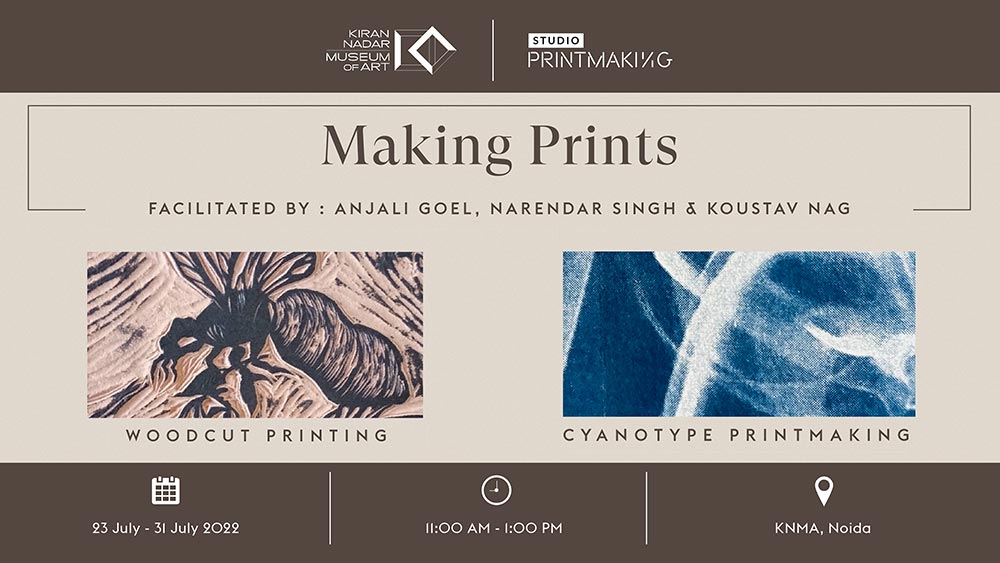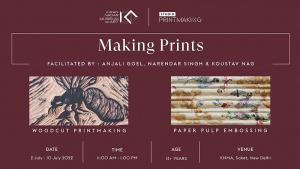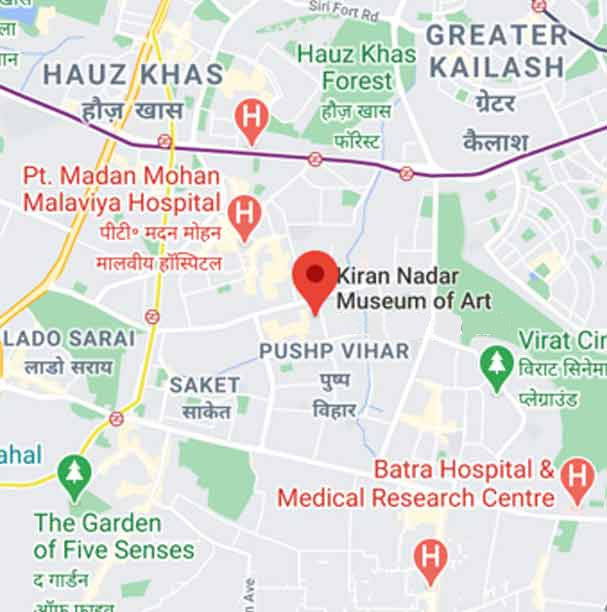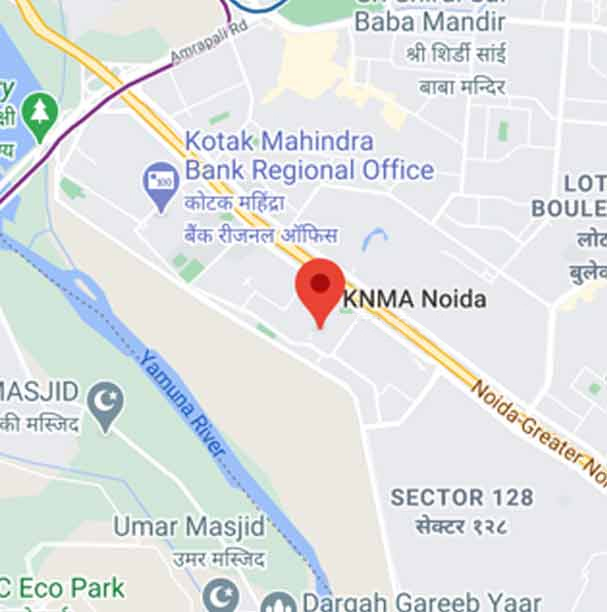- Home
- TEENS/ADULTS
TEENS/ADULTS
Conte on Paper
If you want to learn how to use Conte Crayons but don't know where to start, this workshop is for you. Learn the exciting tips and tricks of the technique directly from the artist.
Conté, also known as Conté sticks or Conté crayons, is a drawing medium made of compressed powdered graphite or charcoal mixed with a square-sectioned clay base. Nicolas-Jacques invented them in 1795. Conté is typically found in black, white, cheerful tones, bistre, grey shades, and other colours. Color sets are useful for both field studies and colour studies. Some artists use them to create entire paintings, treating them more like pastels than a drawing medium.
They're commonly used on rough paper because it holds pigment grains well. They are used for underdrawings for paintings on prepared, primed canvases. Conté pastels are hard and have square edges, making them ideal for detailed hatched work rather than the bolder painterly drawing style required by soft pastels.
Date: 19th Nov 2022
Time: 11am-1pm
Venue: KNMA Noida
Age Group: 16+

About Artist
Varnita Sethi is an India-based artist known for her versatility. She has worked with various materials such as painting, sculpture, assemblage, digital collage, pyrography and handmade collages. Also, she has been honing skills in these mediums for over a decade. During her initial years, she used to teach in school to support her art practice, but after 2012 she solely focused on art. Her works are in private collections, galleries and the National Gallery of the modern art museum India. In 2018 she was part of a residency with Bosco (a Teaching Residency Programme in collaboration with Artreach India and Kiran Nadar Museum). During this residency, she got the opportunity to teach art and interact with the children of refugee families.
Collagraph
The word collagraphy is derived from the Greek words koll or kolla, which means glue, and graph, which means drawing. Collagraphy is a versatile printing process in which collage materials are glued to the board. It is then inked up and put through a press. Different textures hold varying amounts of ink and print different tones. Anything with a low-relief texture can be stuck down and used: wallpaper, leaves, fabrics, tapes and threads etc This technique will help explore different mediums and learn how they behave when ink is applied.
Date: 12th and 13th November
Time: 11am-1pm
Venue: KNMA Saket
Registrations are closed for this workshop

About Artist
Jyothidas K V (born in 1987 in Kerala) is a visual artist and researcher based in Delhi whose practice varies from drawing-based installations, prints, text, and photographs to performances and gatherings. His works deal with mutations of bodies under neoliberalism and the transmogrification of the edges of cities, and his performances try to locate acts of belonging and displacement. He researches the history of modernist printmaking in India for his academic work. He is a founding member of Mo’Halla, an art+culture+politics pop-up platform focused on South Asia, based in Berlin and New Delhi.
Charcoal Drawing
Charcoal is a burnt organic material. It is used as a dry medium by many artists. This dry medium can be applied to almost any surface, from smooth to very coarse. There are various types of charcoal, out of which two are compressed and vine charcoal. Vine charcoal gives a light mark which can smudge easily compared to compressed charcoal, which is darker and harder to spread. It also comes in various forms and levels of hardness, including soft charcoals, hard charcoal, and powdered charcoal.
Learning and mastering the art of sketching charcoal is the best medium to explore, where one can open their creative blocks and enhance their artistic abilities. In this workshop, you will learn how to draw with charcoal with hands-on tools like blending brushes and stumps, kneaded erasers, paper towels and fixatives. With the help of some additional tips and tricks on the technique, one can explore new approaches to working with imaginative charcoal drawing ideas.
Date: 29th October 2022
Time: 11am-1pm
Venue: KNMA Saket
Age Group: 16+ years
Registrations are closed for this workshop

Art of Portrait Making
Kiran Nadar Museum of Art, in collaboration with Studio Tvastra, presents an Art of Portrait Making workshop. Portrait painting is a painting genre that depicts a specific human subject. A good portrait is more than just a visual representation of a person; it also reveals something about that person's essence.

Registrations are closed for this workshop
Portraits can be created in any style of art. Abstract art, photography, photorealism, charcoal, pastel drawings, and coloured pencils are some of the mediums used. The step-by-step process with all of the skills and techniques will aid in the creation of the most expressive portrait. We'll start by showing you how to draw it from the first line drawing to the finished product. The artist will meticulously craft visual clues to tell the story of the person depicted in the artwork.
A workshop designed specifically for art enthusiasts interested in learning how to use various mediums such as watercolour and charcoal. This workshop will also assist you in improving your sketching abilities. You will walk away from this workshop with a fantastic portrait for your portfolio that you can be proud of and that will catch people's attention.
About Artist
Sumit Nahar is a visual artist and art educator. His primary medium of expression is watercolours, and he has done thousands of live watercolour paintings till now at various spots all over India. He completed his bachelor's in Fine Arts from the College of Art, New Delhi, in 2013.
Date: 15 - 16 Oct 22
Venue: KNMA Saket
Age Group: 13+ years









